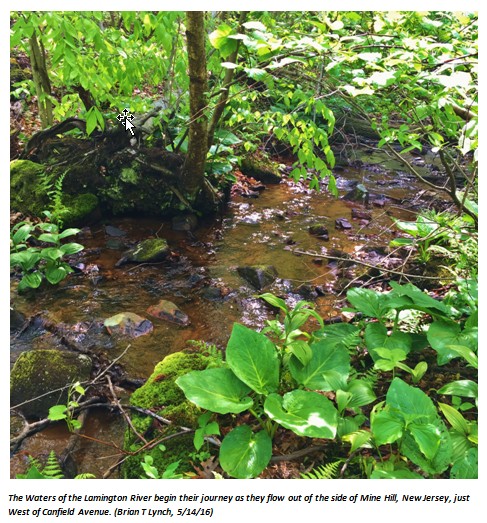Here's a very disturbing story that has not been reported in the national press. You may not have heard about this even though it has been happening for decades.
There is a growing number of African-American men infiltrating local police departments and abusing their authority to intimidate predominately white men within their communities. Some of these black officers are bulking up on steroids. In some cases these black cops are affiliated with Black Power movements. These rogue officers of color are stopping and harassing white men on the street, frisking them without cause or illegally searching their cars. When white citizens object or complain, these black cops turn hostile and become aggressive. Hesitate to comply with an order and these innocent detainees are taken down, handcuffed and arrested. Any further resistance or any small suspicion that these guys are armed leads to the threat or use of deadly force.
In March of 2004 the US Department of Justice issued a report on the use of anabolic steroid abuse by police officers. Reported as specific concerns related to the psychological side effects anabolic steroid use were these:
In March of 2004 the US Department of Justice issued a report on the use of anabolic steroid abuse by police officers. Reported as specific concerns related to the psychological side effects anabolic steroid use were these:
- · Mood swings (including manic-like symptoms leading to violence)
- · Impaired judgment (stemming from feelings of invincibility)
- · Depression
- · Nervousness
- · Extreme irritability
- · Delusions
- · Hostility and aggression
And despite the growing number of police involved homicides of civilians every year, the FBI is unable to keep accurate statistics on how many white citizens are being killed by overly aggressive black cops. By some non-government sources the number is as high as 600 deaths per year.
Where is our outrage? Where is the media? Why aren't government officials putting a stop to this carnage? Why aren't they holding these black cops accountable for the deaths of hundreds of innocent white men every year?
If this reporting shocks you or doesn't sound familiar, then you are among the millions of American's who aren't paying attention. If you can't see the little white lies I told you above, you are part of a much bigger problem.
The white lie above is that it is actually white cops who are actually abusing their authority and victims of abusive policing are disproportionately African-American. The truth is that it is white supremacists that are infiltrating police departments. The rest is all true. It is true that hundreds of innocent black males are killed in police actions every years. It is true that the FBI is not able to collect accurate statistics on civilians killed in police actions in the US because all such reporting is voluntary. And if you didn't recognize where my story was going, if you thought black cops are killing white civilians, then you just discovered that the media is failing us and government officials aren't doing all they can to stop this carnage.
 If my story above hadn't contained those few white lies, if
white men really were being killed by overly aggressive black cops, you
would lionize a football player sitting down during the National Anthem to call
your attention to the problem. You would recognize his courage and commitment. As it is, the misplaced outrage of sports
fans against Colin Kaepernick for his lonely protest is a self indictment of
our complacency and callous disregard for our fellow citizens.
If my story above hadn't contained those few white lies, if
white men really were being killed by overly aggressive black cops, you
would lionize a football player sitting down during the National Anthem to call
your attention to the problem. You would recognize his courage and commitment. As it is, the misplaced outrage of sports
fans against Colin Kaepernick for his lonely protest is a self indictment of
our complacency and callous disregard for our fellow citizens.
















